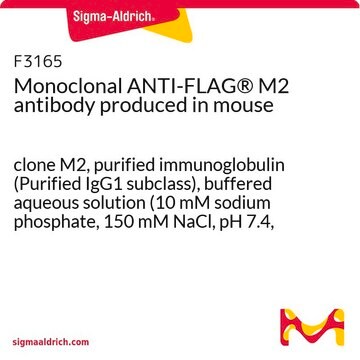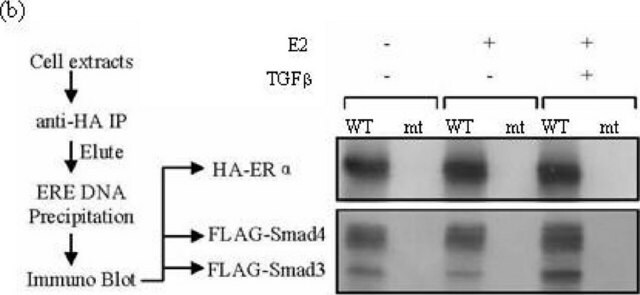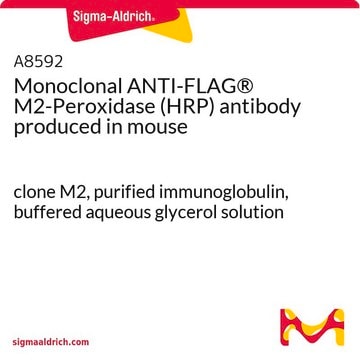Transportation information can be found in Section 14 of the product's (M)SDS.To access the shipping information for this material, use the link on the product detail page for the product.
H6533
Anti-HA−Peroxidase antibody, Mouse monoclonal
clone HA-7, purified from hybridoma cell culture
Synonym(s):
Monoclonal Anti-HA, Anti-HA, Anti-Influenza Hemagglutinin
Select a Size
$905.00
Estimated to ship onApril 12, 2025
Select a Size
About This Item
$905.00
Estimated to ship onApril 12, 2025
Recommended Products
biological source
mouse
Quality Level
conjugate
peroxidase conjugate
antibody form
purified from hybridoma cell culture
antibody product type
primary antibodies
clone
HA-7, monoclonal
form
lyophilized powder
packaging
vial of 0.5 mL
concentration
5-11 mg/mL
technique(s)
western blot: 1:4,000 using using HA tagged fusion protein expressed in bacteria, and ECL immunoblotting detection reagent
storage temp.
2-8°C
Looking for similar products? Visit Product Comparison Guide
General description
Specificity
Immunogen
Application
- in immunopreciptation and immunostaining of human member 9 of solute carrier family 38 SLC38A9 transfected in HeLa cells[3]
- in immunoblot detection in transfected A375 cells[4]
- is suitable for immunoblotting of nucleosome assembly protein NAP1L1[5]
Physical form
Preparation Note
Not finding the right product?
Try our Product Selector Tool.
signalword
Warning
hcodes
Hazard Classifications
Skin Sens. 1
Storage Class
12 - Non Combustible Liquids
wgk_germany
WGK 2
flash_point_f
Not applicable
flash_point_c
Not applicable
Choose from one of the most recent versions:
Certificates of Analysis (COA)
Don't see the Right Version?
If you require a particular version, you can look up a specific certificate by the Lot or Batch number.
Already Own This Product?
Find documentation for the products that you have recently purchased in the Document Library.
Customers Also Viewed
-
What is the Department of Transportation shipping information for this product?
1 answer-
Helpful?
-
-
What is the isotype and light chain for Monoclonal Anti-HA antibody clone HA-7 produced in mouse?
1 answer-
Monoclonal Anti-HA antibody clone HA-7 is mouse IgG1, kappa light chain.
Helpful?
-
Active Filters
Our team of scientists has experience in all areas of research including Life Science, Material Science, Chemical Synthesis, Chromatography, Analytical and many others.
Contact Technical Service













